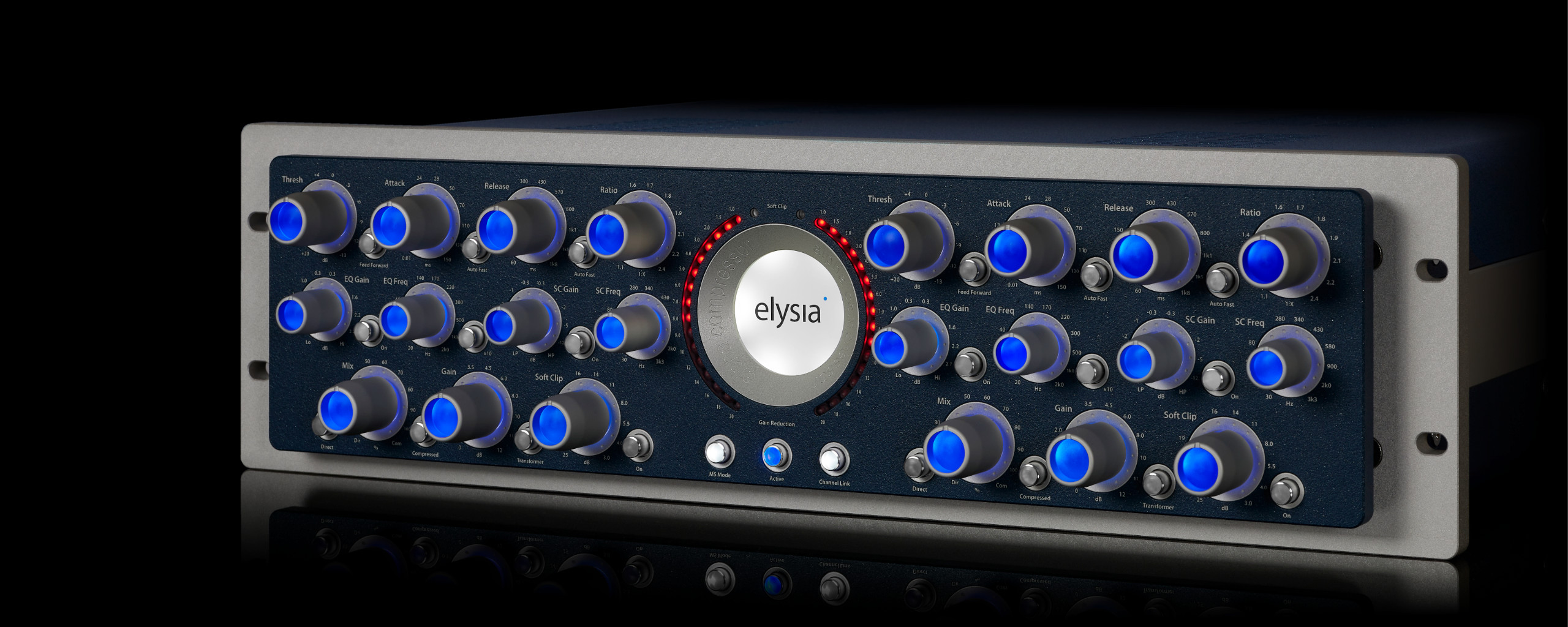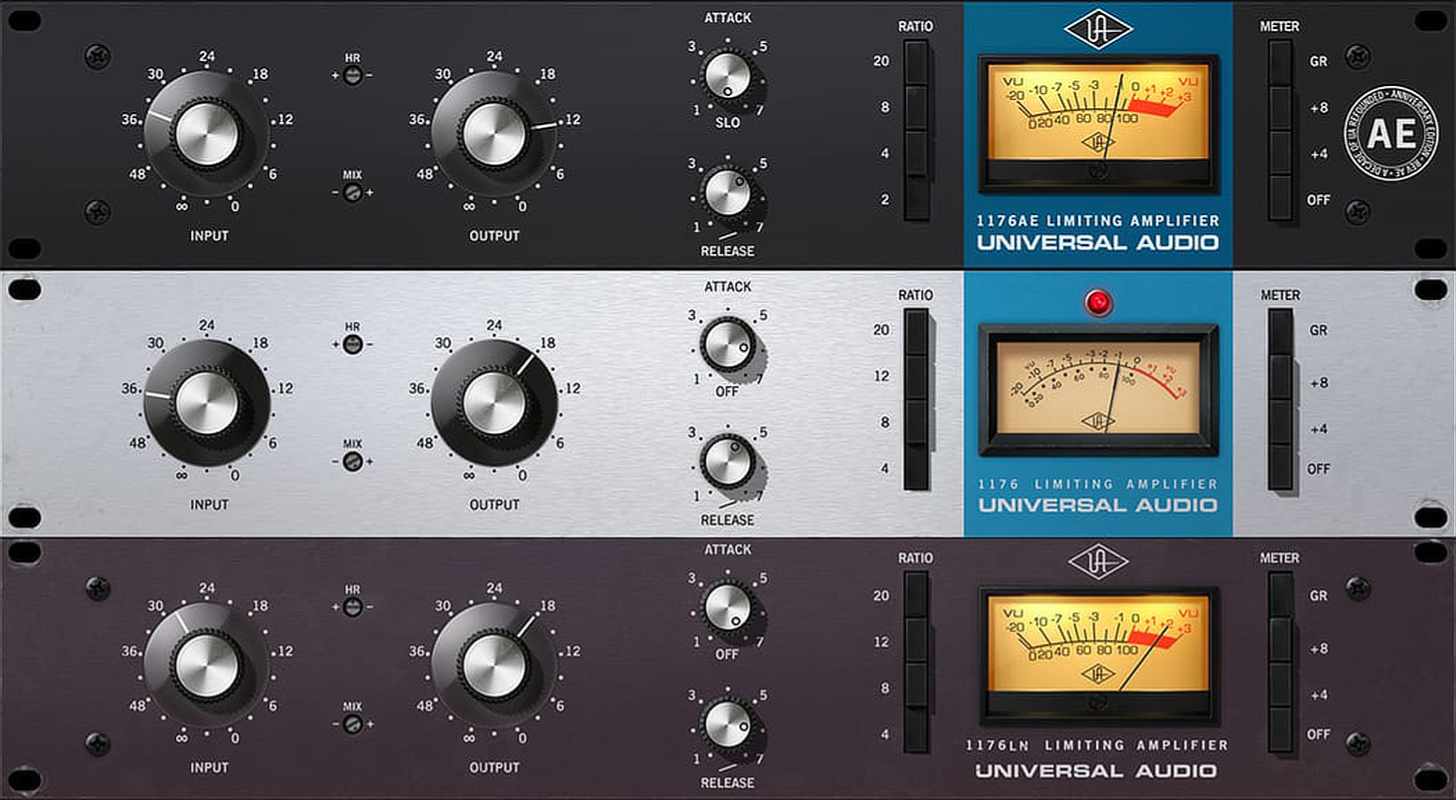Mid Side Mixing involves separating the mono (mid) and stereo (side) components of a mix to adjust their levels independently. This technique allows for precise control over the perceived width and focus of the mix, providing a dynamic and spatial audio experience for the listener.
Mid Side Mixing is a popular method used by audio engineers and producers to enhance the stereo image and depth of a mix. By isolating the center (mid) and side components of the audio signal, adjustments can be made to the mono compatibility and overall balance of the mix.
This technique is effective in creating a clear and defined soundstage, making instruments and vocals stand out while maintaining a balanced and cohesive mix. Mastering the art of Mid Side Mixing can take your audio productions to the next level, offering a professional sound quality that captivates listeners.
The Basics Of Mid Side Mixing
Mid Side Mixing is a technique used in audio engineering to separate the mono (center) and stereo (side) elements of a stereo signal for independent processing.
Benefits Of Mid Side Mixing
- Greater Control: Allows precise manipulation of the mono and stereo aspects of a mix.
- Enhanced Spatial Depth: Creates a wider soundstage and greater depth perception in the mix.
- Improved Clarity: Helps in cleaning up the mix and balancing different elements effectively.

Credit: www.elysia.com
Setting Up For Mid Side Mixing
Improve your audio mixes with mid-side mixing. Learn how to set it up for a balanced and dynamic sound. Discover the techniques to enhance your music production and achieve professional-sounding results.
Setting Up for Mid Side Mixing:
Understanding The Mid And Side Signals
Middle (Mid) and Side (Stereo) signals are different components in Mid Side Mixing.
Middle signal: contains mono or center audio information.
Side signal: contains stereo or atmospheric audio information.
Routing The Mid And Side Signals
To set up Mid Side Mixing, route the Mid signal to one channel and the Side signal to another.
Separate signal processing for each channel enables precise control over the mix.
Detailed routing ensures the correct placement and adjustment of audio elements.
Mid Side Mixing Techniques
Mid Side Mixing Techniques is a powerful method that allows engineers to have more control and creativity in their mixes. By separating the center (mid) and the stereo sides (side) of a stereo signal, engineers can manipulate the sound in ways that were previously impossible. This technique offers a new way to achieve balance and enhance the stereo image of a mix. In this article, we will explore the various Mid Side Mixing Techniques in detail to help you unlock the full potential of your mixes.
Balancing The Center And Stereo Spread
When implementing Mid Side Mixing Techniques, achieving a balanced center and stereo spread is crucial to maintaining a clear and impactful mix. The center or mid signal typically contains the elements that make up the core of the mix, such as lead vocals, kick drums, and basslines. The stereo spread or side signal, on the other hand, consists of the elements that contribute to the width and depth of the mix, including background instrumentation and ambient effects.
Processing The Mid And Side Signals
Processing the mid and side signals separately allows for precise adjustments and enhancements in the mix. Utilizing equalization and compression on the mid signal can help bring clarity and focus to the core elements, while processing the side signal can enhance the stereo width and ambience. Additionally, applying reverb and delay effects to the side signal can further expand the spatial dimensions of the mix, creating a more immersive listening experience.
Applications Of Mid Side Mixing
The use of Mid Side Mixing in audio production has a wide range of applications, making it an invaluable tool for achieving high-quality sound. By manipulating the stereo image of a mix, engineers can enhance depth and width, as well as fix common stereo imaging issues. Let’s take a closer look at these two key applications of Mid Side Mixing.
Enhancing Depth And Width
Mix engineers strive to create a three-dimensional sound experience that immerses the listener, and Mid Side Mixing can greatly contribute to this goal. By adjusting the levels and processing of the Mid and Side channels, the depth and width of the mix can be easily enhanced.
- Adjusting the Mid channel allows for greater control over the centered elements of the mix, such as lead vocals, bass, and kick drums. Increasing the level of the Mid channel can bring these elements forward in the mix, giving them a sense of presence.
- On the other hand, manipulating the Side channel can expand the stereo width of the mix. Widening the side information can create a more immersive listening experience, making the mix feel spacious and open.
All these adjustments can be made with precision using plugins designed specifically for Mid Side Mixing. These plugins allow engineers to shape the stereo image with precision, placing each element in the mix exactly where it needs to be.
Fixing Stereo Imaging Issues
Stereo imaging issues can often arise during the mixing process, such as phasing problems, imbalanced stereo width, or instruments clashing in the stereo field. Mid Side Mixing can be a powerful tool in fixing these issues and achieving a well-balanced stereo image.
- One common issue is phasing, which occurs when the same audio signal reaches the microphones at slightly different times, resulting in cancellation and a loss of clarity. By adjusting the phase relationship between the Mid and Side channels, phasing issues can be minimized and the stereo image can be restored to its intended clarity.
- Another problem that Mid Side Mixing can address is imbalanced stereo width. Sometimes, certain elements in the mix can sound overly wide or narrow, causing distractions for the listener. By adjusting the balance between the Mid and Side channels, engineers can effectively control the stereo width and ensure a more coherent and balanced sound.
- Additionally, when multiple instruments and sounds share the same stereo field in a mix, conflicts can arise, resulting in a cluttered or messy sound. Using Mid Side Mixing techniques, engineers can place each element precisely in the stereo field, giving each instrument its own space and avoiding conflict.
Overall, Mid Side Mixing provides a powerful means of enhancing the depth and width of a mix, as well as fixing stereo imaging issues. By utilizing this technique, mix engineers can greatly improve the sonic experience for listeners, ensuring a well-balanced and immersive audio production.
Mastering Mid Side Mixing
Enhance your mixing skills by mastering Mid Side Mixing technique, which allows for precise control over the stereo field. By isolating the mid and side elements of a mix, you can achieve greater clarity and depth in your audio productions.
Mastering this method will elevate your sound engineering capabilities.
Practice And Experimentation
When it comes to mastering mid-side mixing, practice and experimentation are key. By dedicating time to actively engage in mid-side mixing techniques, you can refine your skills and achieve a more balanced and professional sound. Through practice, you’ll become more familiar with the intricacies of manipulating the mid and side components of a stereo mix to control the width and depth of your soundstage.
Refining The Listening Skills
Developing your listening skills is crucial in mastering mid-side mixing. Listening attentively and critically to each element of your mix helps identify any imbalance in the stereo field. With careful observation, you can identify if specific instruments or frequencies are dominating the mid or side channels, enabling you to make appropriate adjustments.
Here are some tips to refine your listening skills:
- Take breaks: Give your ears regular breaks to avoid auditory fatigue. This allows you to maintain accurate perception of the stereo field.
- Use reference tracks: Compare your mix with professional tracks that have a well-balanced stereo image. Pay attention to the width and placement of different elements.
- Solo individual channels: Soloing specific channels can help identify any issues with the stereo imaging. Listen to each channel in both mono and stereo to evaluate their contribution to the overall mix.
- Use metering plugins: Utilize metering tools to measure the stereo width of your mix. This can help in avoiding any unnatural widening of the stereo image.

Credit: www.amazon.com

Credit: theproaudiofiles.com
Frequently Asked Questions For Mid Side Mixing
What Is Mid Side Processing In Mixing?
Mid side processing in mixing separates the mono and stereo information for more control over the sound image.
What Is Midrange In Mixing?
Midrange in mixing refers to the frequency range that includes vocals, guitars, and other important instruments. It’s crucial for clarity and presence in a mix and typically ranges from 250 Hz to 2 kHz. Balancing midrange ensures a full, well-rounded sound without any muddiness.
What Does Mid Do On Mixer?
Mid on Mixer refers to the role of a middle laner in online games. It is a position typically played in multiplayer online battle arena (MOBA) games, where the mid laner focuses on controlling the central area of the map and gaining experience and gold to gain an advantage over the opponents.
When Should You Use Mid Side Eq?
Mid-side EQ is best used when you want to enhance the stereo image of your mix. It allows you to adjust the frequency balance of the mid and side components separately, giving you more control over the width and focus of the sound.
Conclusion
Mid-side mixing offers a powerful technique for adjusting the stereo field and enhancing the balance and clarity of a mix. By applying the principles of mid-side processing, audio engineers can achieve greater depth, dimension, and separation in their mixes, resulting in a more immersive and impactful listening experience for their audience.
Mastering mid-side mixing can, therefore, be a valuable tool in the modern music production toolkit.